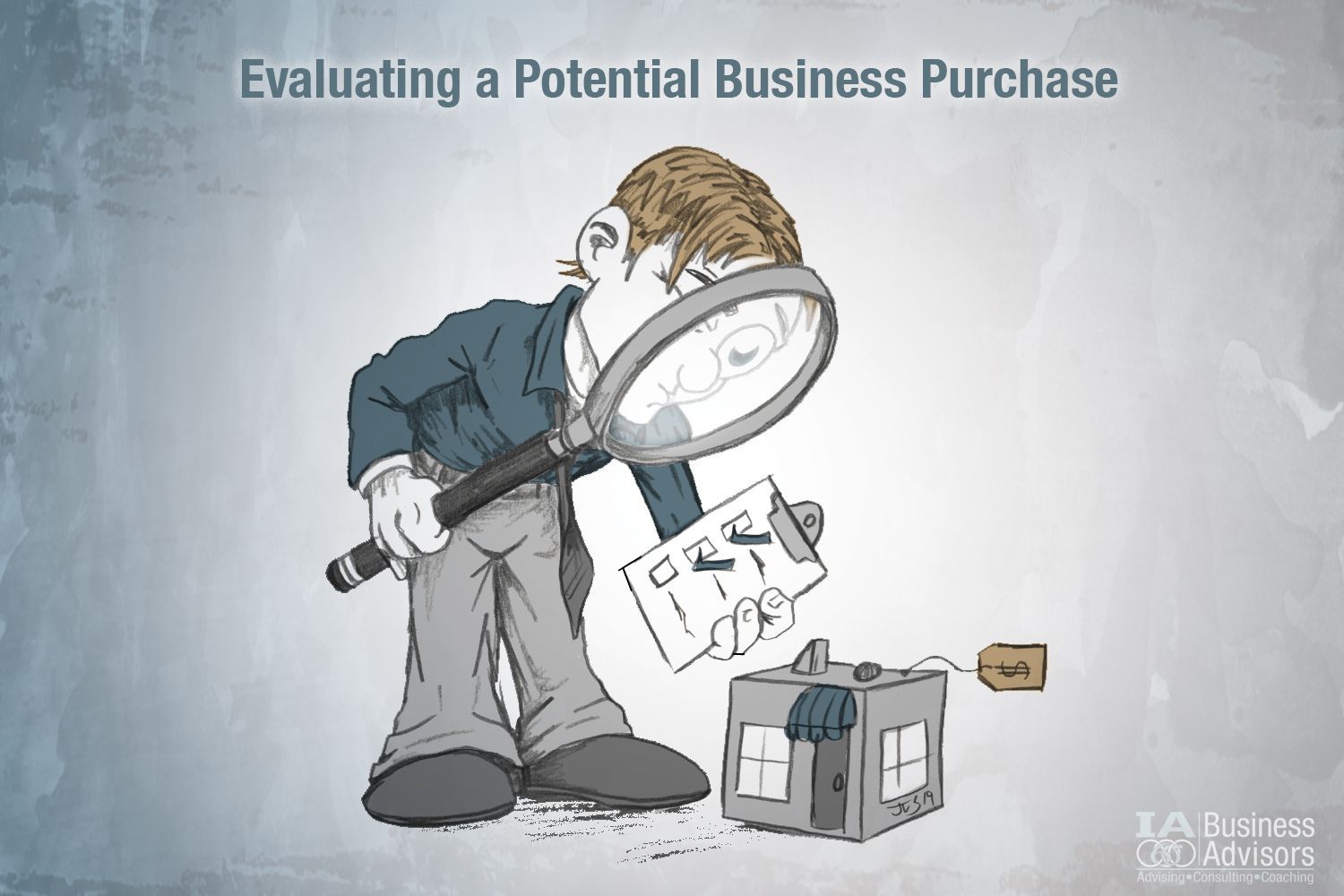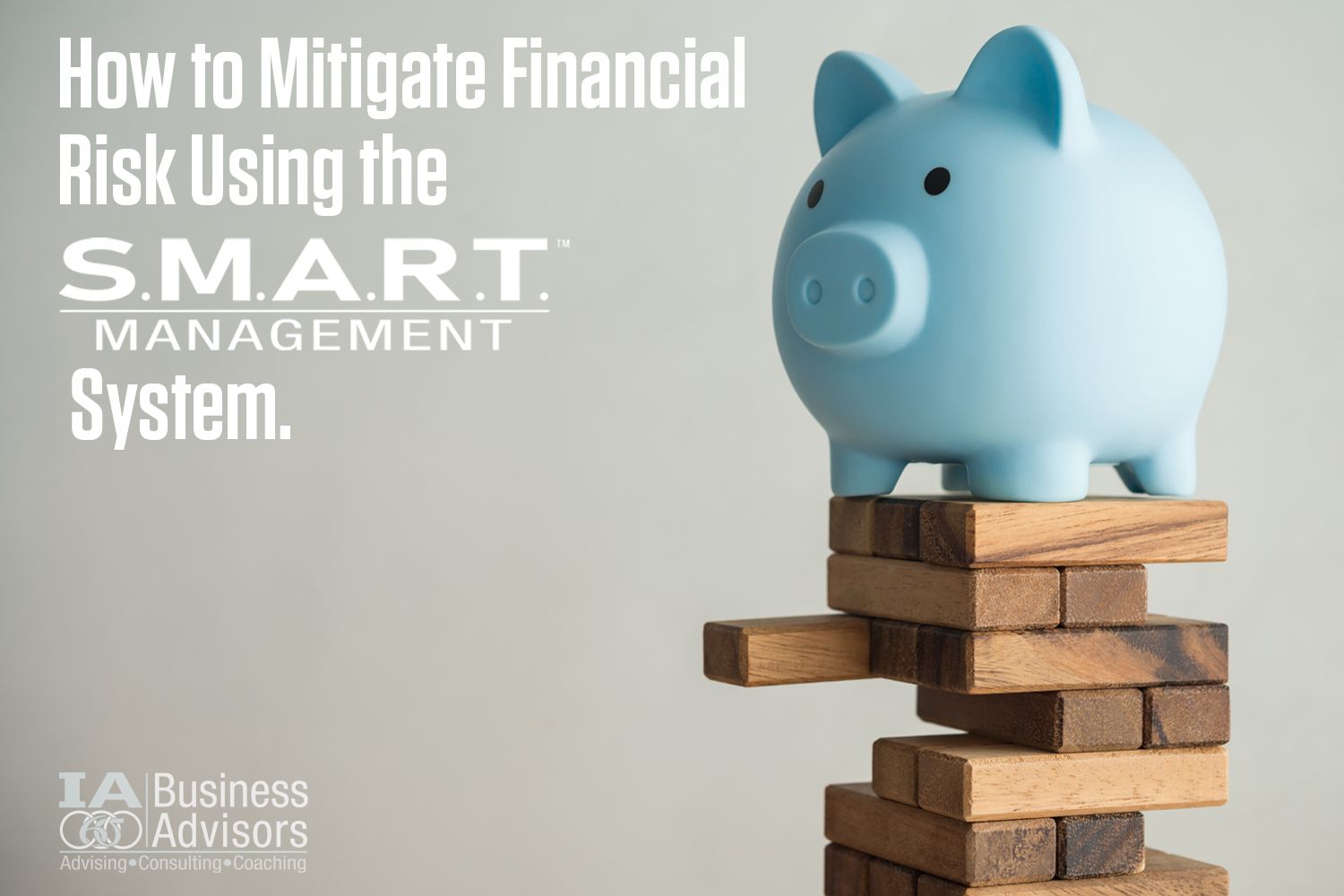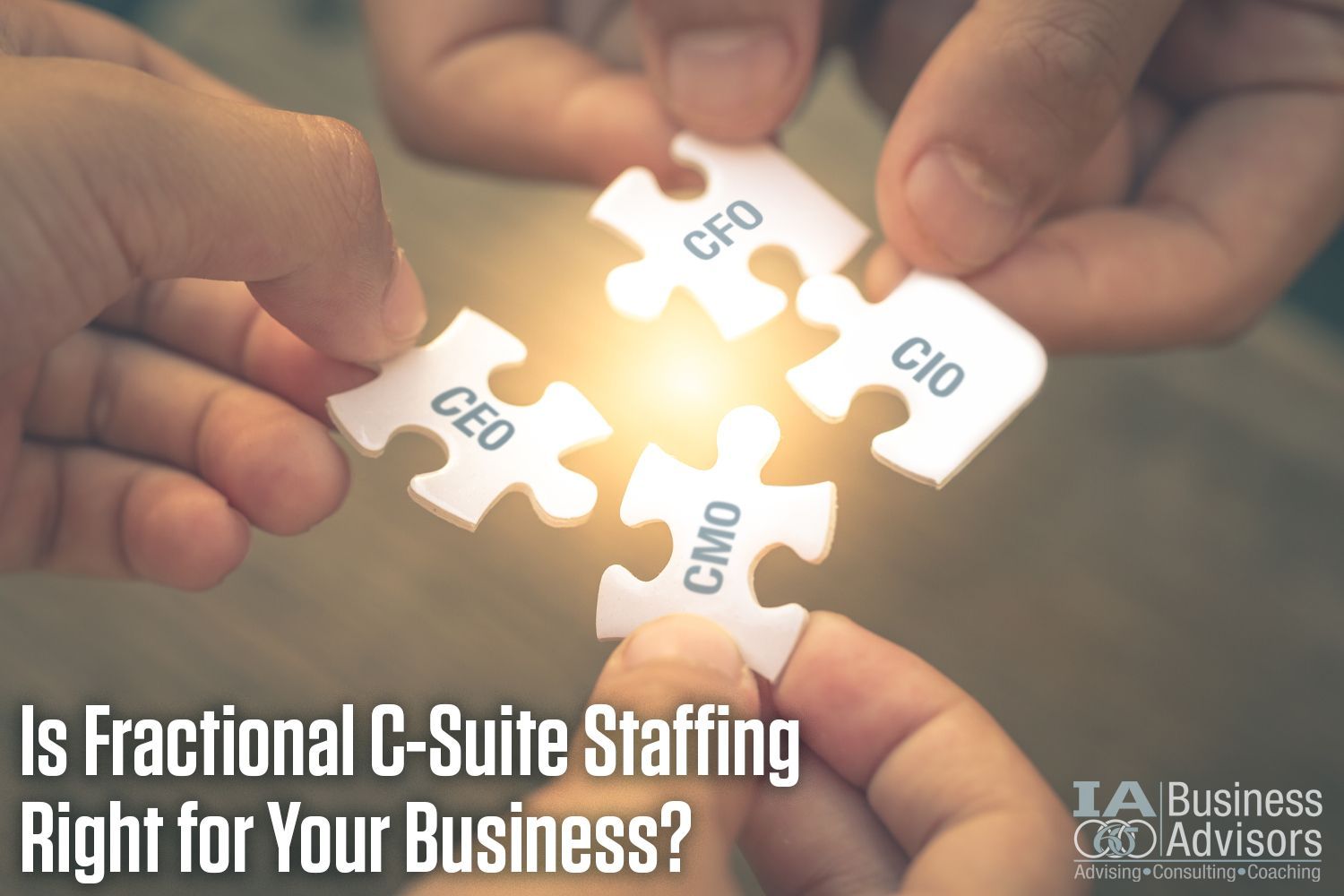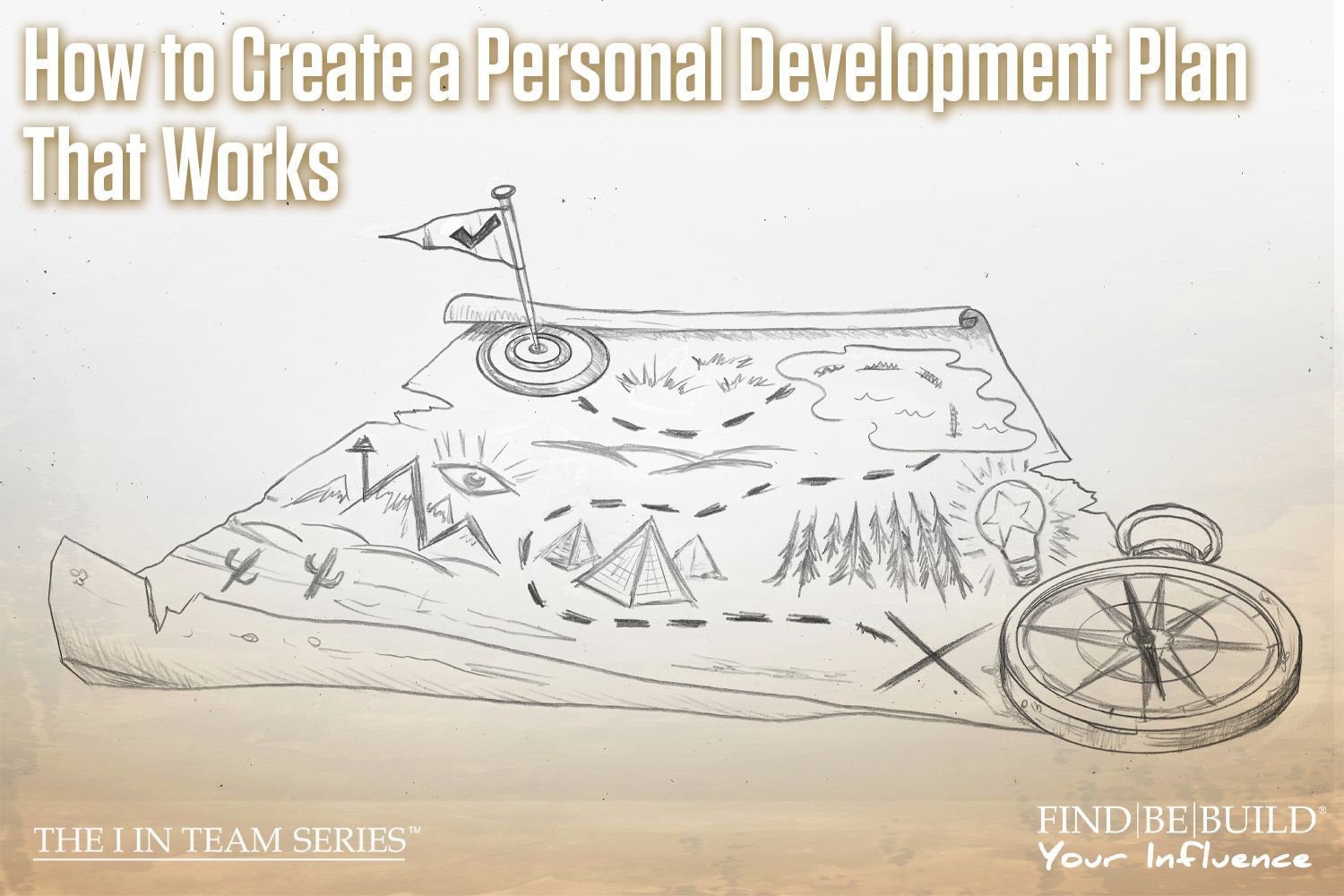Evaluating A Potential Business Purchase

Evaluating business purchase opportunities
Written by: Mary Smith & Braden Zoet
Think you’ve found the perfect business to buy? A trusted friend-of-a-friend introduced you to a guy who made a recommendation? Did you already submit a Letter of Intent? What is included in your Letter of Intent? How do you know you’re looking at accurate financial records? What do you do if the seller doesn’t want to disclose everything you want to know?
One of your goals in the new year may be to purchase a new or well-established business which means you will have lots of questions come up when evaluating the purchase. We are going to discuss a few common questions that come up when evaluating a potential business purchase in 2020. In our free guide below, we give you the basic tools, so you can evaluate a potential business purchase.
Click here to get your free guide:
The First 7 Steps to Evaluating a Potential Business Purchase
What is the company worth?
There are several different ways to evaluate the value of a business. It’s important to note that because there are so many different ways to value a potential business, it becomes more of an approximation than an exact science; at the end of the day your business is worth what someone will pay you for it. When we help businesses with evaluations, we give a lot of explanation to our approach and tend to give “acceptable ranges” rather than a number and a spreadsheet. Some of the ways you can evaluate the value are:
Comparing actual sales with a percentage of revenue or a multiple of earnings
By analyzing historical sales, you can have a very basic benchmark for knowing if the asking price is within your range of acceptable value. This method of evaluating a price is usually used when the salary and perquisites of an owner represent a significant portion of the total benefits generated by the business and/or an owner/manager typically running the business.
Capitalized Cash Flow
This method converts a company’s average cash flow into a value using a capitalization rate. The average cash flow is divided by the capitalization rate. The capitalization rate reflects the risk level associated with owning the specific business. Typically, capitalization rates for small businesses range between 20-30%.
Adjusted Asset Value
This method starts with the book value (cost less accumulated depreciation) of the company’s assets included in the sale. Book values of the company’s assets are obtained from tax returns or balance sheet data.
Excess Earnings
This method uses a logical approach to value a company’s intangible assets as a lump sum.
We also consider some of the intangibles that go into valuation; now there is an oxymoron. What could possibly be intangible but add to or take away from a company value? Location can be a key factor. Other intangibles that can affect value include the actual industry, ownership type, length of ownership, and status of workforce just to name a few.
Are you structuring your financing correctly?
Paying cash for a business isn’t the only way to do it. It’s also very risky. When we consult our buyers on potential acquisitions, we go over all the different ways they can structure the financing, which may shift the risk and adjust the price. Paying cash for a business is just one way. Many banks, with the right relationships, down payments, and credit profiles, can lend you the money you need. There are still quite a few ways to get the financing you need. Contact us for more information.
What’s your bigger picture? Why are you buying a business?
It’s critical to consider your current life position while you are evaluating a potential business purchase. Are you expecting it to be cashflow positive from day one? Is this business supposed to support you financially all by itself? Are you mentally and emotionally prepared to take on this new kind of business? Are your family, loved ones, or team members with you? These are questions you need to think about when evaluating a potential business purchase.
IA Business Advisors Can Make It Easy
We have been helping our clients with new purchases and acquisitions since our beginning in 1996. Our connections with banks help our clients make the best decision when making a new purchase, getting a loan, and proper financing with great rates. If you’re looking to purchase a new business in 2020, contact IA Business Advisors to help make the process smooth.
©2020 Individual Advantages, LLC
The post Evaluating A Potential Business Purchase appeared first on IA Business Advisors.











